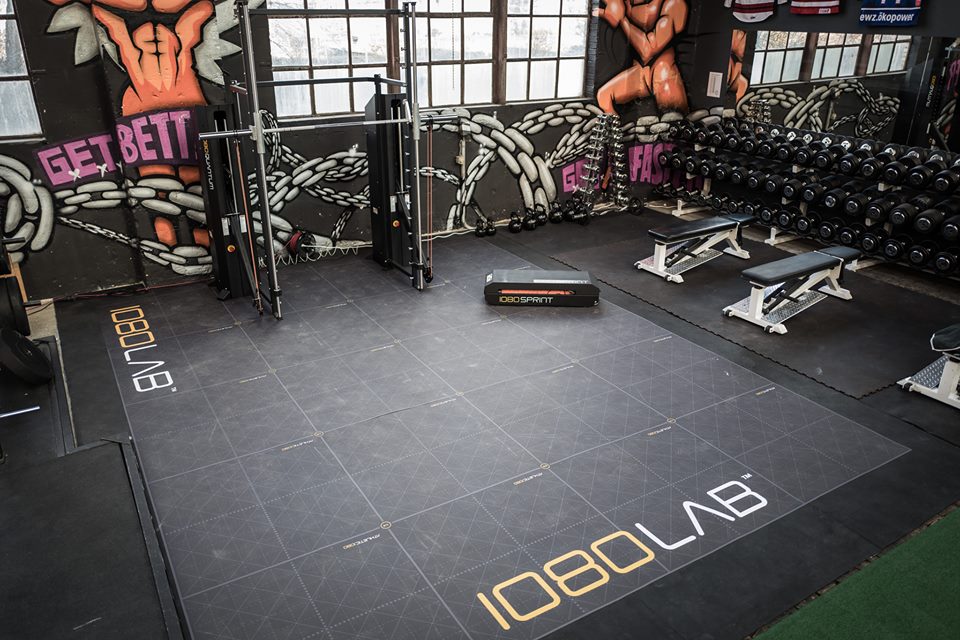Arno Galmarini founded Elite Training after winding down his career as a competitive snowboarder. In only a few years he has made his facility a centre of technology-driven sports performance for winter sports.
Arno Galmarini’s parents were both competitive skiiers and his brother is an Olympic medalist snowboarder. From personal experience and his family background, Galmarini understood the athlete side of strength and conditioning. While studying sports science at the University of Bern and by talking to every top coach he could corner, he learned the science of sports training.
After several years of coaching professional skiiers and snowboarders Galmarini received an unwelcome but common introduction to the strength and conditioning profession. Too often, governing bodies and sports associations associations do not offer enough salary to attract the top talent, nor can the coaches they bring in afford the best equipment and technology.
Elite Training is Galmarini’s base for creating the culture of character and performance among his athletes, one that he hopes they will take back to their clubs. “I’m not so much interested about talent. First we need character and concept: the stuff to build the team.”
Arno Galmarini and his team developed new testing protocols for hockey players. They shifted metabolic tests from bike-centric protocols to hockey-specific on-ice methods. The Moxy monitor provides a non-invasive means of monitoring blood oxygenation, while the 1080 Sprint gives him force, power, velocity and acceleration data.
Off the ice, Elite Training uses the 1080 Sprint for dry-land sprint and jump testing, and the 1080 Quantum for a hockey-specific movement assessment. By connecting the 1080 Quantum to an athlete’s hockey stick, they can train and quantify the sport’s most important movements.
Galmarini focusses his ski training on building skiers’ abilities to overcome eccentric forces and maintain posture throughout a run. Over the last few years, a change to the radius of skis allows skiers to take turns wider. This shifted the stresses on the bodies – and therefore injury patterns – from the knees to the back. Herniated discs are catching up to ACL injuries as the most common.
Galmarini adapted his training to emphasize whole-body strength and maintaining postural alignment through a variety of positions. Isometric and eccentric strength training, particularly through the core, helps the athletes absorb the impact and movement they encounter in training and racing.
“We did a lot here in Switzerland. We were the first, and a lot of clubs picked up on what we do. People are watching and realizing what is happening in strength and conditioning.
[av_button_big label=’Next: University of Guelph uses 1080 Quantum to test creatine cream’ description_pos=’below’ link=’manually,http://1080motion.com/1080-quantum-creatine-guelph/’ link_target=” icon_select=’no’ icon=’ue800′ font=’entypo-fontello’ custom_font=’#ffffff’ color=’theme-color’ custom_bg=’#444444′ color_hover=’theme-color-subtle’ custom_bg_hover=’#444444′ av_uid=’av-acv8f’][/av_button_big]
“Implementing a culture and creating the budget for the proper stuff – including a high performance director and sports scientist, the team that takes care of all the physical realm of training – takes a lot of time. It could be 3-5 years until you see the results, and you need the patience to get to that point.”






























































